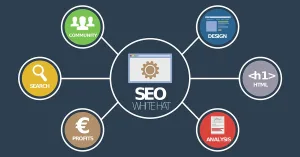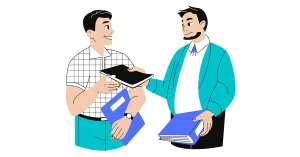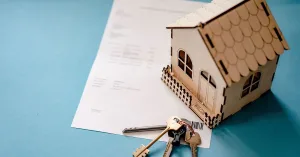If you have a substantial amount of disposable money you could easily become a subprime lender. Subprime lenders are anyone who uses their own money to make loans to those who couldn't otherwise qualify for a loan. Subprime lenders build capital quickly by charging high-interest rates on the repayment of the loans.
It is not uncommon for the interest rate on a subprime loan to be as high as 18%. Where else can you can get that kind of return on your money? There is no official data, though it’s estimated that at least 100,000 such lenders exist — and the trend is on the rise, says Larry Muck, chairman of the American Association of Private Lenders, which represents a range of lenders including private-equity firms and individuals who are lending their own cash. “We know the number of people who are doing this is increasing dramatically — over the last year it’s grown exponentially,” he says.
Often referred to as hard-money lending, the practice of subprime lending has undergone a significant shift in the past three or so years. It used to be that individual lenders were millionaires who could afford to loan cash and handle the risk of not being paid back. Now middle-income pre-retirees, ranging from chiropractors to professors, are joining their ranks of hard money, or subprime, lenders.
Many of these so-called mom-and-pop lenders are using their retirement accounts — self-directed individual retirement accounts and self-directed 401(k)s — to fund other people’s loans. Unlike regular IRAs and 401(k)s, self-directed accounts permit investing in alternative assets, like real estate. Cash is not technically withdrawn from the account, but rather a portion of the account equal to the dollar amount the borrower needs is invested in a loan. The borrowers’ monthly payments, including interest rates, are paid into the retirement account, which ends up taking ownership of the borrower's collateral if they default.
It’s not just mom-and-pop lenders who are becoming subprime loan officers. The strategy is picking up on an institutional level as well. Experts say a growing number of private-equity funds and hedge funds are pooling together individual investors’ cash and using those funds to lend to subprime borrowers at high-interest rates. Going forward, experts say, it will be difficult to slow down privately funded subprime loans.
MoneyThumb has many customers who are subprime lenders that use PDF Insights to help them quickly vet potential borrowers. PDF Insights utilizes IDR (intelligent document recognition) to identify bank or bank statement formats. Unlike competing solutions, this software doesn’t need to be told upfront which bank or format is being used, yet correctly processes over 99% of U.S. bank statements. The output from each statement is delivered in a standardized format, even for statements from different banks. In addition to text-based PDF statements, PDF Insights also processes scanned or faxed image-based PDF statements. MoneyThumb's proprietary OCR algorithms review questionable fields, look for patterns to self-correct, and then flag transactions that are still unknown or questionable for manual review and correction.
There couldn't be a better time than right now to become a subprime lender. So many people are in dire financial need due to the fallout from Coronavirus and need quick cash. Of course, using the tools from MoneyThumb will help you as a subprime lender make sure the borrowers you lend money to still qualify for a loan in spite of their circumstances.





















Add comment